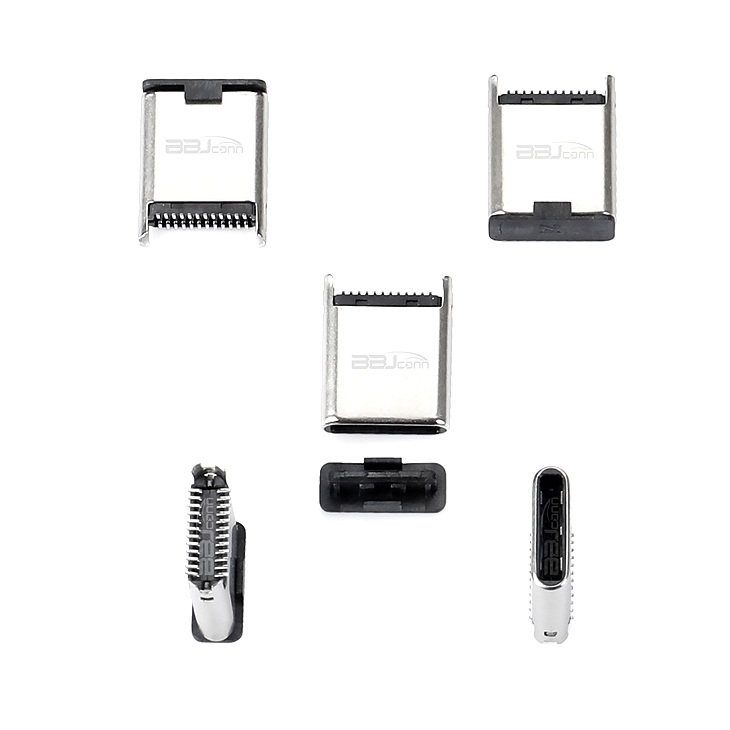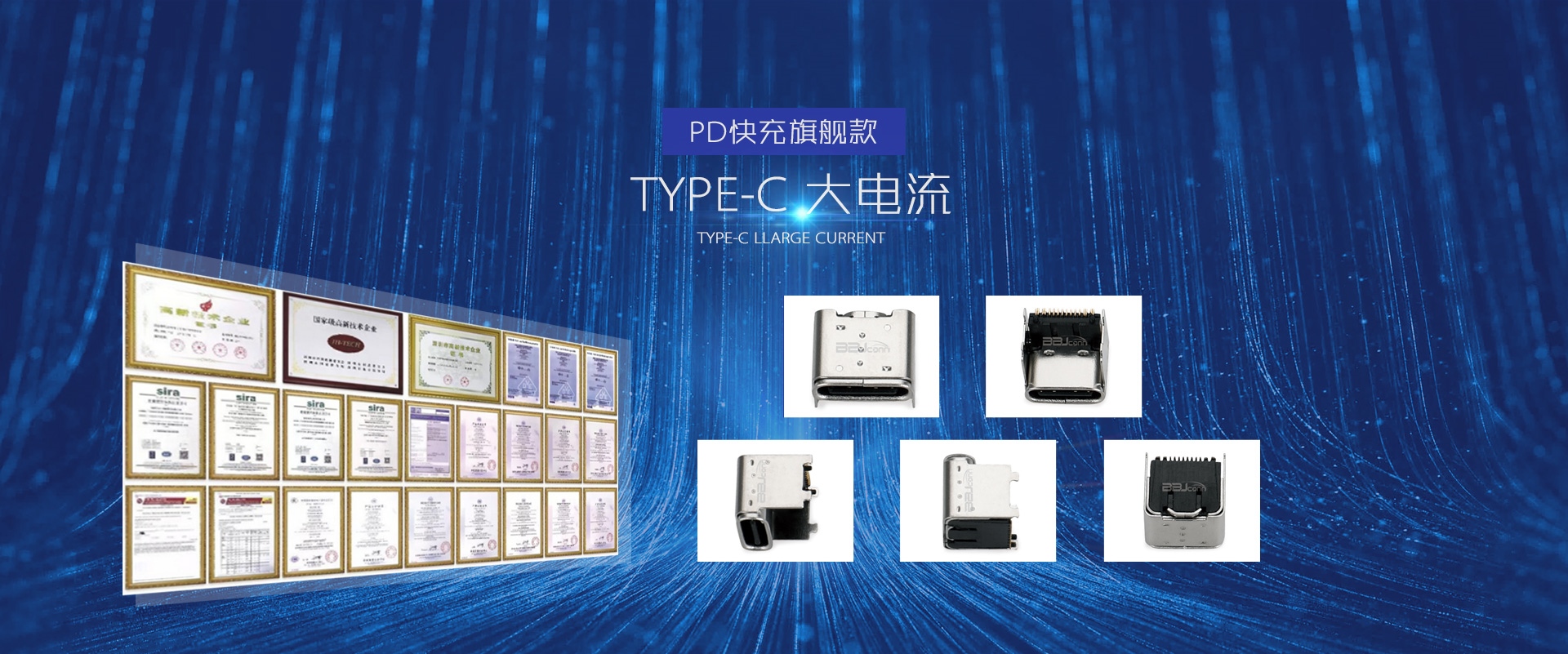Analysis of the difference between Type-C male connector and female connector: Understand the core structure of USB Type-C interface
With the rapid development of smart devices, the USB Type-C interface has become one of the standard interfaces for modern electronic products. In the application of USB Type-C, "male connector" and "female connector" are two common The interface type plays a vital role. Understanding the difference between the two can not only help us better choose suitable equipment accessories, but also enhance our overall understanding of Type-C technology. This article will analyze it in detailType-C male connectorDifferences from the female base and their functional differences in practical applications.
Definition and functions of Type-C male connector
Type-C male connector usually refers to the interface end with pins, which is the common USB Type-C plug. It is usually used on the device side, plugged into the Type-C female connector of computers, mobile phones, tablets, monitors or other electronic devices. In the socket. The Type-C male connector has a unique design, including 22 pins, which can realize multiple functions such as data transmission, power supply and video output. Due to its symmetrical design, the Type-C male connector can be plugged forward and reverse, extremely Dadi improves the convenience of use.
The main function of the Type-C male connector is to connect devices for data exchange or power transmission. It supports high-speed data transmission protocols, such as USB 3.1 or higher, and the transmission speed can reach more than 10Gbps. Moreover, the Type-C male connector not only supports traditional The USB function also supports the emerging DisplayPort and Thunderbolt protocols, which can be used to connect high-resolution displays and other high-performance devices.
The definition and function of Type-C female socket
Type-C female socket usually refers to the interface end embedded in the device, used to receive the insertion of Type-C male connector. It is usually installed on the casing of computers, mobile phones, tablets and other devices, and provides the connection with Type-C male connector. Connected interface. The structure of the Type-C female connector usually contains 22 pins, which is the same number of pins as the Type-C male connector, and is used to support the transmission of data, video and power.
The design of the Type-C female connector also follows the principle of symmetry, which allows users to not worry about the forward and reverse directions when inserting the Type-C male connector. Its unique contact point layout can ensure a stable connection and work well in different electrical and mechanical conditions. Provide efficient transmission under requirements. In addition to being used for daily data transmission and charging, the Type-C female socket is also commonly used in high-end devices, such as ultra-high-definition monitors, Thunderbolt hard drives, and external graphics cards.

The main differences between Type-C male and female connectors
1. Structural differences
There is a clear difference in the physical structure between the Type-C male connector and the female connector. The Type-C male connector is the part with pins and is usually connected to external devices and inserted into the female connector; while the Type-C female connector is embedded into the device. The interface end in the socket receives the insertion of the male header. The male header usually has a more complex pin design, while the female socket mainly provides contact points to match the pins of the male header.
2. Functional differences
The main function of the Type-C male connector is to achieve tasks such as data transmission, charging or video output by inserting into the female connector. The Type-C female connector acts as the receiving end, responsible for receiving data, power or video signals from the male connector, and then Achieve functional interoperability between devices. In practical applications, the stability of the female socket and the plug-in and pull-out performance of the male connector are the keys to ensuring the normal operation of the device.
3. Different usage scenarios
The Type-C male connector is generally used to connect external accessories, such as charging cables, data cables, display cables, etc. The Type-C female connector is installed inside the device and is used to plug in external devices. For example, mobile phones, computers and Most TV charging ports are equipped with a Type-C female socket for connecting a charger or data cable.
4. Design and size differences
Although Type-C male connectors and female sockets follow the same Type-C specifications, they differ in design and size. Type-C male connectors usually need to have sufficient plug size to ensure that they can be firmly inserted into the female socket; while The Type-C female socket requires a more precise contact design to ensure correct docking with the male pins and achieve stable transmission.
Type-C male and female compatibility
The compatibility between Type-C male connectors and female sockets is highly unified in the USB Type-C standard, ensuring extensive interoperability between devices. Due to its symmetrical design, users do not need to worry about the forward and reverse insertion of the plug. This greatly improves the convenience of use. At the same time, the high compatibility of Type-C male and female connectors also enables them to support a variety of different devices, such as mobile phones, laptops, headphones, external storage devices, etc.
In general, although the Type-C male connector and female connector seem simple, they have key differences in design and function. The Type-C male connector is mainly responsible for connecting external devices for data transmission, charging and other tasks, while the Type-C male connector is mainly responsible for connecting external devices for data transmission, charging and other tasks. The Type-C female socket provides a reliable access point to ensure the stability and efficiency of the connection. Understanding the differences between Type-C male sockets and female sockets not only helps us choose appropriate equipment accessories, but also allows us to Better understand the working principle and application scenarios of the USB Type-C interface. With USB With the popularity of the Type-C standard, future electronic products will be even more dependent on this innovative interface technology.
